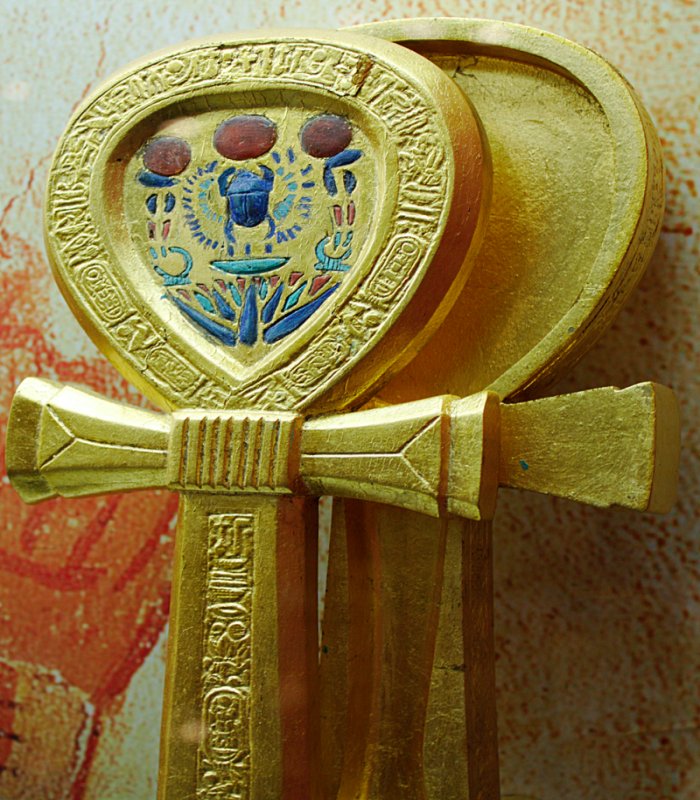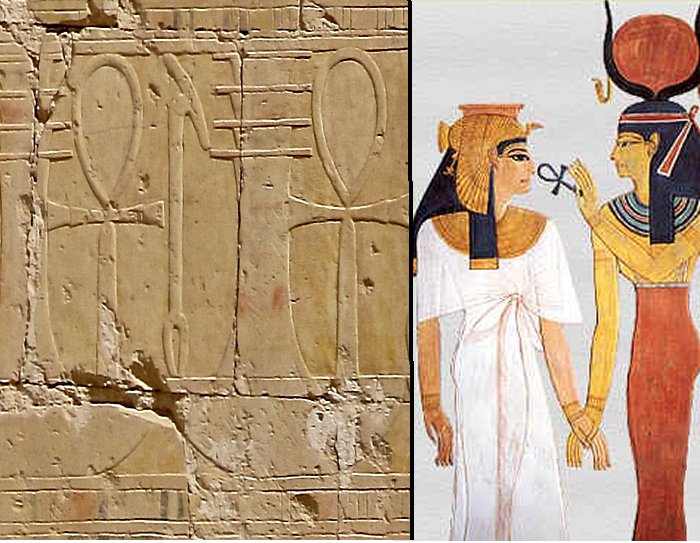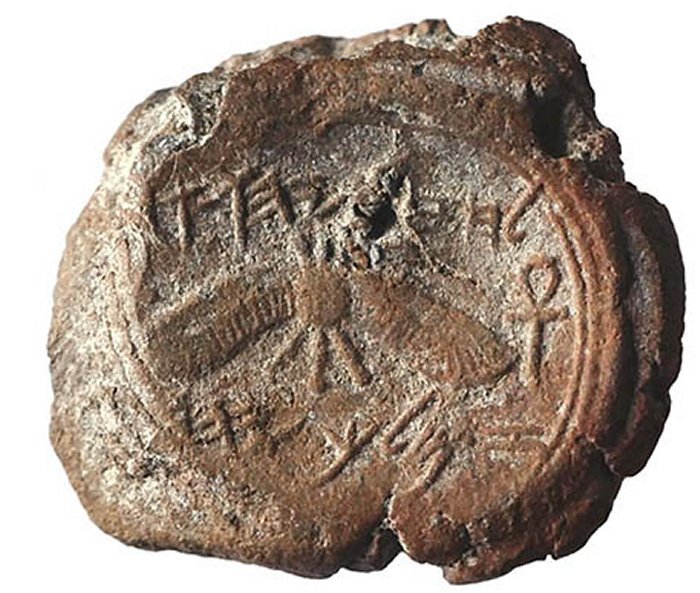What Is The Meaning Of Ankh – Ancient Egyptian Symbol
A. Sutherland - AncientPages.com - Different people have different religions. Each religion has its symbols and characteristic signs.
Egyptian Ankh. Image credit: Nachbarnebenan - Public Domain
Just as the symbol of Christianity has become the cross, known in several variants, and before it was a fish sign, so is the Ankh, a symbol of the ancient religion of Egypt.
Many Interpretations Of The Ankh
Some interpret this symbol according to its two parts – the oval shape symbolizes the eternity of living deities, and the cross that comes out of it is continuation and extension.
In Egyptian hieroglyphs since the Old Kingdom period, the Ankh symbolized life but not the 'life' (this everyday, ordinary life) we think of. The ancient Egyptians associated the Ankh with the soul's spiritual life, which most do not even think about daily.
But the Ankh is also the subject of other interpretations. It combines the two forces of life - the male and female symbols of Osiris and Isis.
It is the union between heaven and earth and unifying feminine and masculine principles.
First Dynasty stone dish in the shape of an ankh, embraced by a pair of hands representing ka.Image credit: Soutekh67 - CC BY-SA 4.0.
It also symbolized fertility as the sign's loop was associated with a woman's womb. Later, the Ankh was given a magical meaning as it was believed it possessed a mystic vital force.
Mystics and enthusiasts of secret knowledge in the 19th century and even the 20th century's New Age movements have considered the Ankh a powerful symbol of prosperity, health, good fortune, and protection against defeat, fall, and destruction.
Ankh Was Associated With Many Egyptian Deities
There are many depictions of Egyptian deities holding the Ankh. Maat, the goddess of truth, holds an ankh in her hand; however, the goddess Isis is most often seen carrying it. Also, Atum, the god of the sun from Heliopolis, and Sekhmet, a warrior goddess and a goddess of healing, were often depicted with the Ankh.
There are also representations of the pharaoh who stands between the gods and holds the Ankh in his palm. In this case, the sign emphasizes the pharaoh's divine nature.
Ankh Decorated Walls Of Egyptian Temples
In Egyptian tomb paintings and other art, the Ankh appears frequently. As a symbol of imperishable vital force, the Ankh was painted on the walls of the temples, stelae, and in friezes of objects, especially near the feet, to provide divine protection to the dead.
It often appears at the fingertips of a god or goddess in images representing the afterlife's deities conferring the gift of life on the dead person's mummy.
Left: Frieze of ankh, signs of djed and was at the top of the hieroglyph "all". Image credit: Ancient sculptor unknown; original photograph by Olaf Tausch. CC BY-SA 2.5; Right: Hathor presents the ankh to Queen Nefertari Merenmut. Scene from her tomb QV66, 13th century (19th) - Image upploader - Ramsis1978 - public domain
Numerous depictions show a symbolic combination of water and air in scenes when a god holds the Ankh before the king's nose, giving him the 'breath of life, or when a stream of water forming the Ankh runs over the king during ceremonial purification.
The Ankh is also known as the Egyptian Cross or crux ansata, which in Latin means "cross with a handle."
When Christianity came to Egypt, the ancient Egyptian symbol of Ankh was taken over by the fourth-century Coptic Christians, and their church adopted the Ankh as its unique form of the Christian cross because of its cruciform shape.
Interestingly, the Ankh, symbolizing life and accompanied by a two-winged sun and wings turned downward, was depicted on an impression of the royal seal of King Hezekiah (727–698 BC).
The artifact was unearthed during the Ophel excavations at the foot of the Temple Mount in 2015.
Ankh Is A Good Amulet – But Not For Everyone
The Ankh is a suitable amulet for those who wish to demonstrate their spiritual rather than religious beliefs.
The royal seal of Hezekiah, king of Judah. The ankh is clearly visible. Photo: Courtesy of Dr. Eilat Mazar/ Ouria Tadmor
Otherwise, the Ankh is the attribute of the god Amun ('the hidden one'), King of the Gods, one of the most powerful gods in Egypt. Egyptians frequently carried it as an amulet, sometimes accompanied by two other hieroglyphs symbolizing 'strength' and 'health. Ancient Egyptian mirrors were often shaped as the Ankh.
This universal symbol has accompanied and influenced humanity in all ages and continues to influence modern people.
The Ankh is one of many important ancient Egyptian symbols.
Written by – A. Sutherland AncientPages.com Staff Writer
Updated on Sep 21, 2023
Copyright © AncientPages.com All rights reserved. This material may not be published, broadcast, rewritten or redistributed in whole or part without the express written permission of AncientPages.com
More From Ancient Pages
-
 On This Day In History: Chinese General Koxinga Seizes The Island Of Taiwan – On Feb 1, 1662
News | Feb 1, 2017
On This Day In History: Chinese General Koxinga Seizes The Island Of Taiwan – On Feb 1, 1662
News | Feb 1, 2017 -
 Scientific Disagreement Over The Bronze Age Tin Ingots From The Uluburun Shipwreck
Archaeology | Sep 25, 2023
Scientific Disagreement Over The Bronze Age Tin Ingots From The Uluburun Shipwreck
Archaeology | Sep 25, 2023 -
 Invisible Ink On Antique Nile Papyrus From The Island Of Elephantine – Revealed
Archaeology | Aug 21, 2019
Invisible Ink On Antique Nile Papyrus From The Island Of Elephantine – Revealed
Archaeology | Aug 21, 2019 -
 Runic Inscription On The Forsa Ring Is Not What We First Thought – Scientists Say
Archaeology | Aug 15, 2024
Runic Inscription On The Forsa Ring Is Not What We First Thought – Scientists Say
Archaeology | Aug 15, 2024 -
 On This Day In History: Samuel Morey Patents The Internal Combustion Engine – On April 1, 1826
News | Apr 1, 2017
On This Day In History: Samuel Morey Patents The Internal Combustion Engine – On April 1, 1826
News | Apr 1, 2017 -
 In Ancient Times We Had Weeks Of Different Lengths
Ancient History Facts | Sep 6, 2016
In Ancient Times We Had Weeks Of Different Lengths
Ancient History Facts | Sep 6, 2016 -
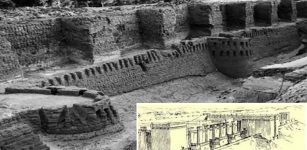 Massive Fortress Buhen In Ancient Capital Of Egyptian Nubia
Archaeology | Mar 20, 2017
Massive Fortress Buhen In Ancient Capital Of Egyptian Nubia
Archaeology | Mar 20, 2017 -
 Mangup-Kale: Spectacular Ancient Cave City Hidden In The Crimean Mountains And Home To The Mysterious Kingdom Of Feodoro
Civilizations | Aug 4, 2015
Mangup-Kale: Spectacular Ancient Cave City Hidden In The Crimean Mountains And Home To The Mysterious Kingdom Of Feodoro
Civilizations | Aug 4, 2015 -
 Ancient Astronomical Symbols At Göbekli Tepe Confirm A Comet Swarm Struck The Earth 11,000 B.C.
Archaeology | Apr 23, 2017
Ancient Astronomical Symbols At Göbekli Tepe Confirm A Comet Swarm Struck The Earth 11,000 B.C.
Archaeology | Apr 23, 2017 -
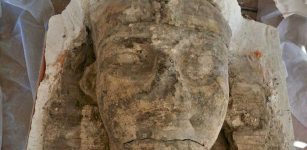 Giant Blocks For Sphinx-Shaped King Amenhotep III Colossi Uncovered In Luxor, Egypt
Archaeology | Jan 23, 2022
Giant Blocks For Sphinx-Shaped King Amenhotep III Colossi Uncovered In Luxor, Egypt
Archaeology | Jan 23, 2022 -
 Xibalba: Nine-Leveled Underground Place Of Fear Ruled By Lords Of Death In Maya Beliefs
Featured Stories | May 12, 2020
Xibalba: Nine-Leveled Underground Place Of Fear Ruled By Lords Of Death In Maya Beliefs
Featured Stories | May 12, 2020 -
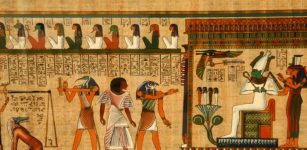 First Book Of Breathing: Egyptian Papyrus Sheds Light On Funerary Text Helping The Deceased In Afterlife
News | Oct 22, 2020
First Book Of Breathing: Egyptian Papyrus Sheds Light On Funerary Text Helping The Deceased In Afterlife
News | Oct 22, 2020 -
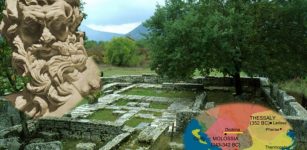 Oldest Greek Oracle At Dodona And Zeus Sacred Oak Tree – Where Oracle of Dodona: Sacred Place Where Gods Spoke To Humans For The First Time
Featured Stories | May 24, 2016
Oldest Greek Oracle At Dodona And Zeus Sacred Oak Tree – Where Oracle of Dodona: Sacred Place Where Gods Spoke To Humans For The First Time
Featured Stories | May 24, 2016 -
 Count Dracula: His Letters Helped Researchers Cast New Light On Health Of Legendary Figure
Historical Figures | Aug 17, 2023
Count Dracula: His Letters Helped Researchers Cast New Light On Health Of Legendary Figure
Historical Figures | Aug 17, 2023 -
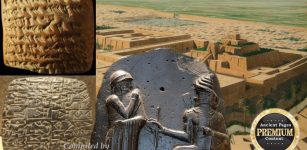 How Did Mesopotamia Change The World?
Civilizations | Jan 18, 2020
How Did Mesopotamia Change The World?
Civilizations | Jan 18, 2020 -
 Controversial Hollow Earth Theory – Startling Discoveries And Different Conclusions – Part 2
Ancient Mysteries | Jun 25, 2019
Controversial Hollow Earth Theory – Startling Discoveries And Different Conclusions – Part 2
Ancient Mysteries | Jun 25, 2019 -
 ‘Vandal’ Of Norwegian Viking Graves Identified But Charges Have Been Dropped!
Archaeology | Nov 9, 2020
‘Vandal’ Of Norwegian Viking Graves Identified But Charges Have Been Dropped!
Archaeology | Nov 9, 2020 -
 Will Archaeologists Uncover The Secrets Of A Rare Viking Ship Grave In Norway Before It’s Destroyed?
Archaeology | Nov 14, 2020
Will Archaeologists Uncover The Secrets Of A Rare Viking Ship Grave In Norway Before It’s Destroyed?
Archaeology | Nov 14, 2020 -
 Mystery Of The Man Whose Supernatural Abilities Still Captivate Scientists
Featured Stories | Jan 16, 2023
Mystery Of The Man Whose Supernatural Abilities Still Captivate Scientists
Featured Stories | Jan 16, 2023 -
 Ancient Nomads You’ve Probably Never Heard Of Disappeared From Europe 1,000 Years ago. Now, DNA Analysis Reveals How They Lived
Featured Stories | Jun 20, 2024
Ancient Nomads You’ve Probably Never Heard Of Disappeared From Europe 1,000 Years ago. Now, DNA Analysis Reveals How They Lived
Featured Stories | Jun 20, 2024

